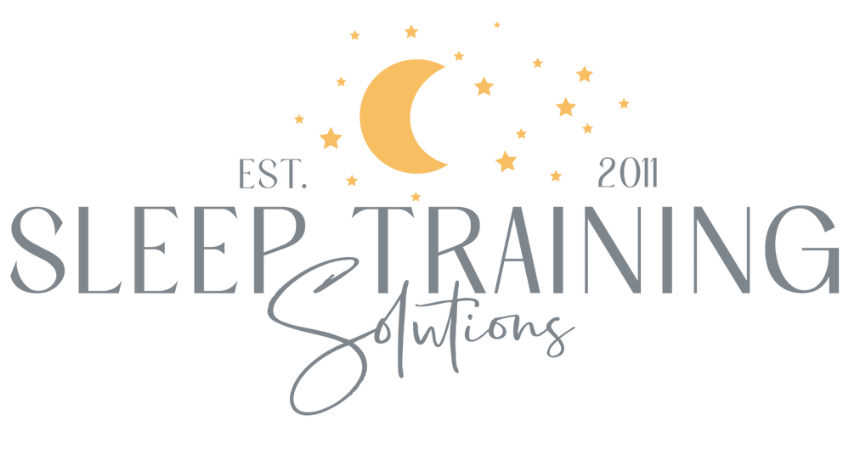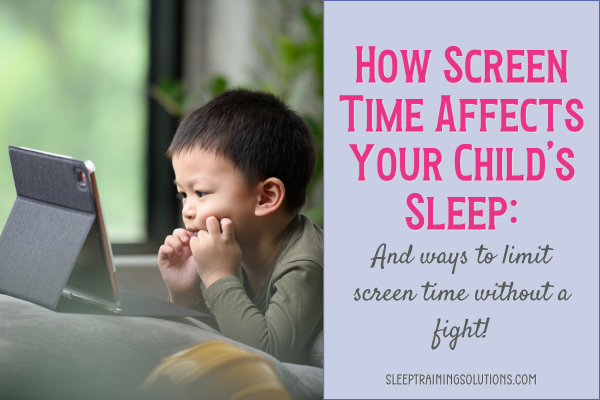Better Sleep During Summer Heat
We’ve had some pretty hot and humid temperatures here in Chicago this summer and one of the questions I get most often this time of year is how to help make a better (cooler) sleep environment when it’s so hot outside!
According to the National Sleep Foundation, the ideal sleeping temp is 65 F. I think that’s a bit chilly for little ones who can’t pull up a comforter! Usually 68-70 F works well with children, but this time of year it’s pretty hard (and expensive!) to keep the temp in your house at that level.
And even if you have a great AC unit for your home, I learned from a repairman a few years back that your AC can only cool a house 25 degrees below the outside temp, so when it’s 105 F outside, the best you can hope from your hard-working AC unit is 80 F?! This is why they sometimes suggest a window unit to cool the upstairs when there’s a heat wave.
Here are 7 tips I give to my clients to beat the summer heat while sleeping:
Keep the bedroom window shades closed during the day
If you want to take it a step further – and you will in no uncertain terms win any design awards for this! – you could put aluminum foil on the window glass (and then pull the shade over so you don’t see it). This will actually reflect the sun so the room stays even cooler. This is especially effective with western facing windows since they take the brunt of the afternoon sun right before bedtime!
And a bonus is that it’ll keep the room pitch black to help with any early morning wakings!Make a fan work overtime
If you have a regular fan in the bedroom, you can put a pan full of ice or a frozen bottle of water in front of it so the air you feel is cooler. OR, make a DIY portable AC unit out of a styrofoam cooler (just make sure if you’re putting this in a child’s room that they are secure in the crib…it’s definitely not a child-proofed project!). There are a ton of variations on google. Remember not to point the fan directly at your child – it’s more for air circulation.Take a cool bath before bed
It’s important for melatonin production to have a core temperature drop before going to bed, and when it’s extra hot outside, this is especially important. Something that many find helpful is to take a bath/shower is the coolest temp comfortable and then do a quick rinse at the end with even cooler water!Use something cold on pulse points right before bed
If you can make your pulse points cooler – wrists, ankles, etc – then it helps you stay cool. Just be careful about applying ice directly to the skin since it can cause a freezer burn for sensitive skin – so that’s more for adults than kids.
Dunking hands and feet in a bowl of cold water is always fun for little kids, or you could fill a tube sock with rice, secure the end and put it in the freezer – it’s like the opposite of a hot water bottle!Use cotton sheets, pajamas and sleep sacks
They breathe so much better than other fabrics to keep you cooler. If it’s super hot, definitely adjust your child’s sleepwear. Maybe just a onesie shirt under a lightweight sleepsack or just a lightweight pair of pjs.Remove the crib bumper
Even though you’re probably using one that’s breathable, removing it will help the air flow from the fan and AC reach your child betterTest the ceiling fan settings
If it’s unusually warm, you can switch the settings so the fan blades turn counter-clockwise and pull the hot air up. When they turn clockwise, they push the air down. Many people without good AC find the former a better option.
Of course when the temperatures are unusually hot or your AC isn’t performing as well you want to be extra diligent in checking that your child isn’t overheating overnight. Feeling the back of the neck or tummy is a good indication since extremities like hands and feet aren’t as reliable.
Some of these tips for sleeping better when it’s hot require some preparation, but most you can do with a few tweaks to the environment and routine!
Related Posts:
This post is for informational purposes only and may not be the best fit for you, your child and/or your personal situation. It shall not be construed as medical advice. The information and education provided here is not intended or implied to supplement or replace professional medical treatment, advice, and/or diagnosis. Always check with your child’s physician or medical professional before trying or implementing any information read here.





